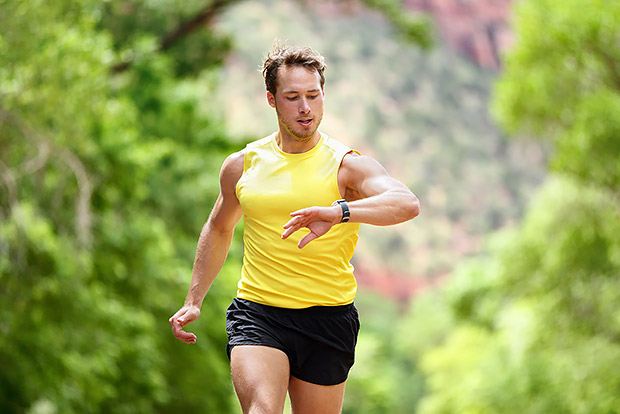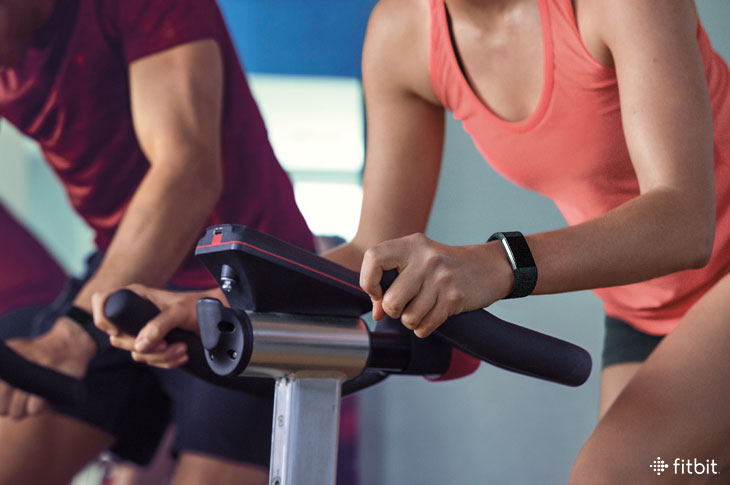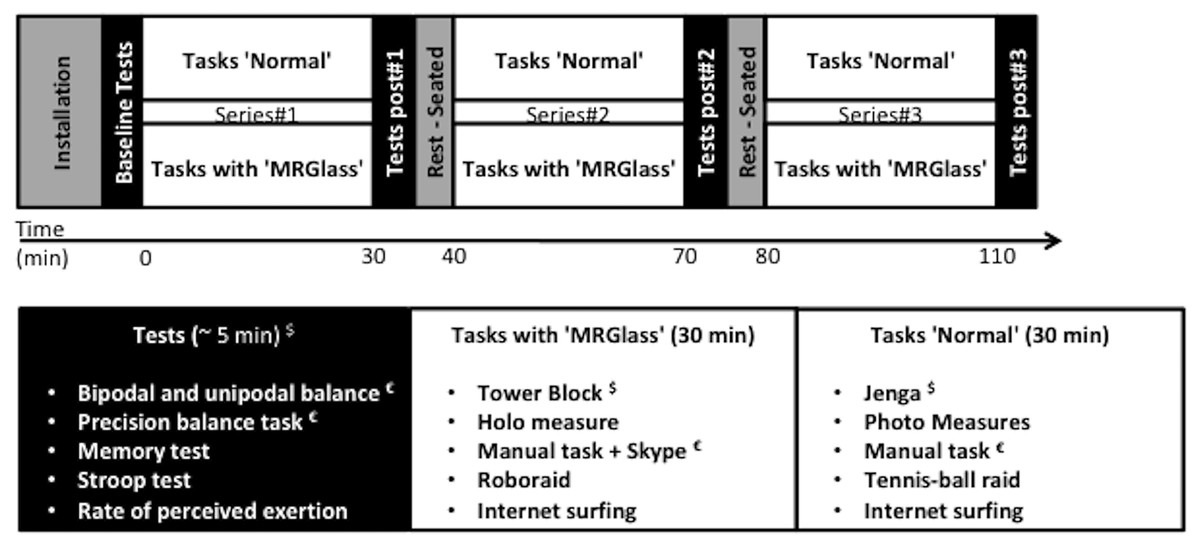

If you scored Good, do two if you scored Great, do three.
If you scored Fair, do a 12-minute tempo run at 85 percent effort. If you scored Fair, do three Good, do five Great, do eight. Do mile repeats 20 seconds faster than your 5K race pace. If you scored Fair, do eight laps if you scored Good, do 10 if you scored Great, do 12. Run a lap of a track at 5K race pace with 30 seconds of recovery between reps. Pick two of these three workouts, and do them on nonconsecutive days each week. Zack Kutos Improve It: Endurance Builders (It might be easier for you to gauge that distance if you reset the treadmill after your warmup.) Cool down for five minutes, and note the distance you covered during that 30-minute tempo run. This is a bit slower than your 10K race pace-an 8 on a scale of difficulty from 1 to 10. Do a 30-minute tempo run at 85 percent of your maximum effort. Peter Park, C.S.C.S., fitness expert for, developed this tempo-run test that measures your endurance in 45 minutes. Sure, you work on your endurance every time you head out for a run, but the only way to track your progress is to have a controlled test that gauges how well these systems work together. Repeat up to five times.Įndurance can be thought of as how well all of your systems work together: Your heart-stroke volume (the amount of oxygenated blood pumped to the muscles with every beat), your muscle strength and efficiency (the muscles’ ability to turn that O2 into energy they need to contract), your metabolism (how efficiently you metabolize fat and carbohydrates to use for fuel and flush out lactate build-up, believed to be a cause of muscle fatigue), and your neuromuscular system (the ability of your brain and body to communicate about which muscles to contract and when). Straight Leg Bound: Run 30 yards, taking as big of a stride as possible while keeping legs straight. Quick Step Drill: Take as many short steps as possible-as quickly as possible-for five yards. The second works the hamstrings and glutes, the two muscle groups that control stride length. This first drill trains your brain and your muscles to communicate super fast-so your muscles fire quickly to improve stride frequency. “There are two ways to get faster: Increase stride frequency and length,” Rooney says. If a track isn’t accessible, run a quarter-mile on a measured stretch of flat road. Then, using your watch to time yourself, run one lap (400 meters or one quarter of a mile) as quickly as possible. Go to a track and warm up with an easy 10-minute run. 
This requires more power than slogging out miles, and therefore builds more muscle that can protect you from the wear and tear of distance running, says Martin Rooney, C.S.C.S., chief operating officer of the Parisi Speed School in Fair Lawn, New Jersey. What you may not realize, though, is that speed training can help prevent injury because it demands that muscles fire hard for a split second. Whether you’re interested in running a personal record or simply finishing your morning five-miler in less time, most of us are interested in getting faster. Quickly jump feet back to hands to return to a deep squat with chest lifted. Shift weight to hands then jump feet back behind you to come into a high plank position. Start standing then send hips back and lower down into a deep squat with chest lifted, hands on floor between legs, and butt lower than knees. “When this happens, you can’t absorb forces appropriately, and your muscles fatigue quickly.” “If your core muscles can’t support your pelvis, it will drop, which causes your hips, knees, and ankles to lose proper alignment,” explains Michael Fredericson, M.D., a professor of sports medicine at Stanford University. Then, bookmark this page so you can come back to it as many times as you’d like to check in on your fitness.Ī strong core-the muscles in your abdominals, back, and glutes-gives you stability, power, and endurance. You will need access to a treadmill, a step, a yoga strap or belt, a stability ball, dumbbells and a track or 400-meter straightaway. Focus on the sections that you score fair or lower for six to eight weeks, then retest yourself to see how much you’ve improved.
#Measuring cardiovascular fitness how to
How to perform this test: Follow the instructions below and mark your results in a notepad. So how do you know where you stand? Try this do-it-yourself fitness test to find out. You also need to shape up your muscular strength, flexibility, balance, and mobility.

But to be the best runner you can be, you need to have more than just cardiovascular fitness. We can bust out a 5K by barely breaking a sweat.

As runners, most of us are already pretty fit.








 0 kommentar(er)
0 kommentar(er)
